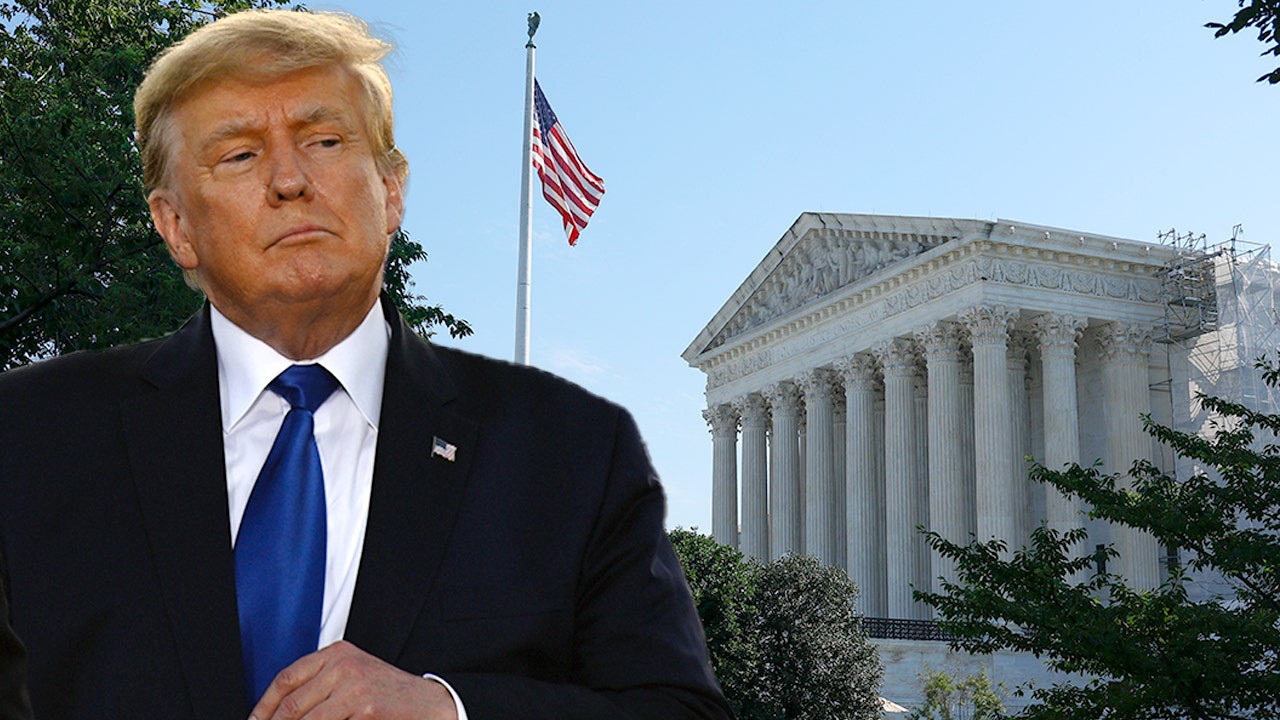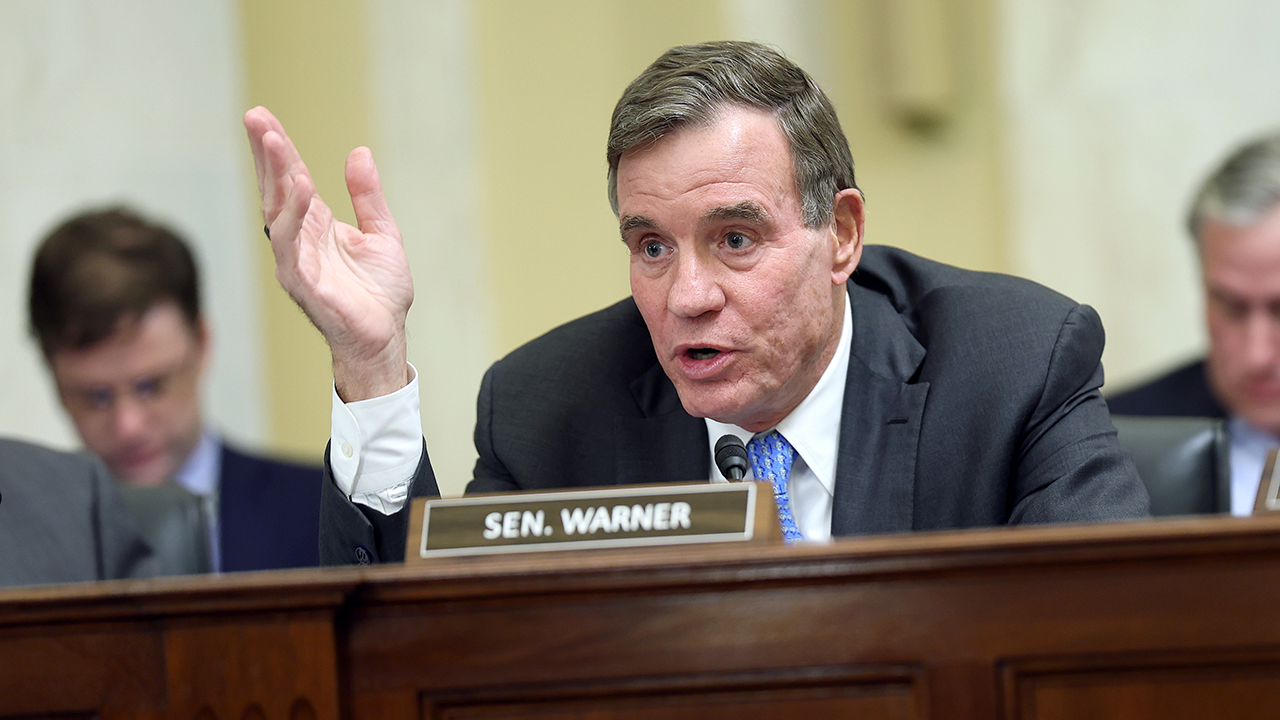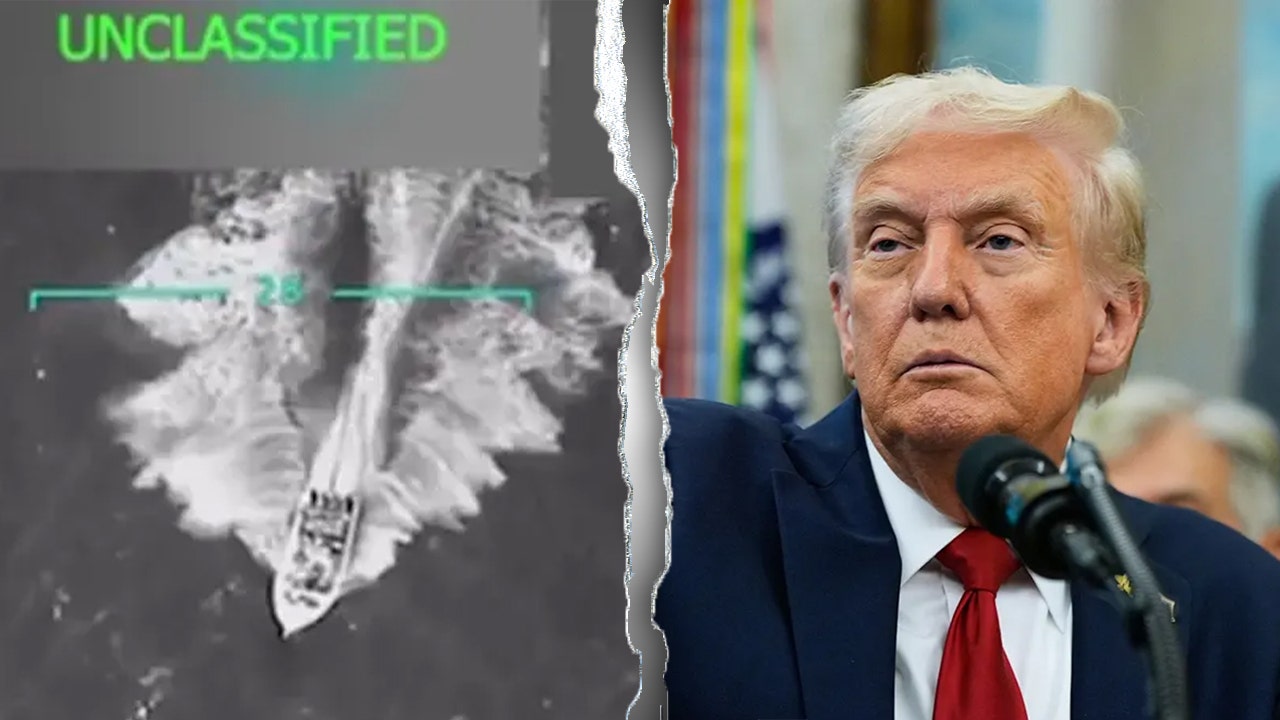Trump issues memo directing three-letter agencies abide by Supreme Court rulings

A recent White House memo outlining the top 10 Supreme Court rulings that federal agencies must adhere to has legal experts optimistic about reining in the administrative state. The memo, titled “President Donald J. Trump Directs Repeal of Regulations That Are Unlawful Under 10 Recent Supreme Court Decisions,” was issued on April 9 and aligns with a February executive order aimed at curbing regulatory overreach.
Carrie Severino, president of Judicial Crisis Network, praised the memorandum, stating that it is refreshing to see an administration focused on upholding the law and guarding constitutional limits. She emphasized the importance of reviewing regulations to ensure they are in line with Supreme Court opinions and constitutional principles.
The memo lists various Supreme Court cases that support Trump’s deregulatory agenda, such as Loper Bright Enterprises v. Raimondo, West Virginia vs. EPA, and Students for Fair Admissions, Inc. v. President and Fellows of Harvard College. These cases have narrowed executive agencies’ authority and rejected the use of affirmative action in university admissions.
According to White House spokesperson Taylor Rogers, the President’s directive aims to roll back regulations that have been deemed unlawful by the Supreme Court, in an effort to support American enterprise and reduce government overreach. While some of the cases listed are not retroactive, agencies are encouraged to re-evaluate previous rules under the new standards set by the Supreme Court opinions.
Legal experts like Daniel Huff and Kara Rollins see this as an opportunity for agencies to reassess existing regulations that may be burdensome or unnecessary. Huff believes that agencies can use this retrospective look to identify and undo regulations that have a significant impact on the economy or society.
However, Rollins raised concerns about the enforcement of the directive, particularly in cases where agencies are currently taking the wrong position in litigation. She emphasized the need for agencies to align their positions with the Supreme Court opinions outlined in the memo.
The memo directs agencies to utilize the Administrative Procedure Act’s “good cause” exception where appropriate, allowing them to bypass the traditional notice-and-comment rulemaking process in the interest of the public. While there may be some litigation over the use of this exception, Severino believes there are strong arguments for its implementation to ensure compliance with constitutional limits and the public interest.
Overall, the memorandum has sparked optimism among legal experts who see it as a step towards curbing regulatory overreach and upholding the rule of law. It remains to be seen how agencies will respond to the directive and whether they will take the necessary steps to align their regulations with the Supreme Court rulings outlined in the memo.




